Unboxing and scope of delivery
If the Wavemaster Pro series ("Wavemaster Two Pro: The Better Is the Good Enemy") was seen at the time as a larger and more powerful sequel to the very successful Wavemaster Two, the Wavemaster Fusion presented today adds one more. Relatedly below, because it is a real foundation list for the bass substructure. The Wavemaster Two Pro are already playing quite deep, but the journey to the center of the earth is far from that.
That's why you put your own 2.0 series (but not only) at the side of a real cellar kid. Both the Wavemaster Pro and the entire Neo products of the manufacturer now have a subwoofer output and now we finally know what for. You don't have to go abroad anymore, but you can buy the whole thing in the convenience bundle. Not unwise, because the need should be there.

If you unpack the subwoofer, you will actually only get this active box, a power connection cable and a RCA cable to connect to the signal source. You don't need more than that. This part would then also be completed, because the principle could not be simple and expands the entire 2.0 audio systems of the manufacturer into real 2.1 systems. This will cost around 250 euros more, but it will also bring more. More sound, more satisfaction and more stress with the neighbors.
Optics, haptics and functionality
The design is simple, timeless and conspicuously unobtrusive. It also fits seamlessly with the Wavemaster Pro, especially since the subwoofer is currently offered in white and anthracite. The rather massive body of the 260 x 260 x 260 mm small bass cube made of MDF is at least 20 mm thick, including painting in the various places, which is completely sufficient. The paintwork is clean and absolutely seamless, the rounded corners and the inlets of the low-tone chassis are cleanly implemented.
In the end, such workmanship alone certainly justifies the slightly higher price, because six simple MDF plates can now glue and foil each backyard butt with left at a very small price. If you are still stinging at material thickness and glued in wild little blocks of saw residue, you can of course pack something like this into the box for 100 euros, but then you should probably not talk about optics and sound. and write. That could quickly go wrong.
Wavemaster, as well as e.g. Edifier, on an active 200 mm woofer with aluminum cone and full rubber in the front and two passive "radiators" with the same diameter on the two longitudinal sides. The principle is also known from the Bluetooth speakers, because it replaces the obligatory bass reflex tubes in the smallest space. Both solutions have advantages and disadvantages, whereby the real disadvantage of this solution is the slightly higher production price. Except for the magnets and coils, they are identical chassis. We'll see them at the Tear Down.
On the back we find a physical power switch next to the mains connection, as well as the option to run the device in continuous standby, to leave it generally switched on or to use the level-dependent automatic mode, which allows the subwoofer to be signal without a major time delay and then only after approx. Switches back to standby mode for 10 minutes without a signal. By the way, this worked quite well in practice, if you do not lower the input level too much.
This is done via a level controller, so that you can infinitely adjust the strength of the bass support. The 600mV for the input signal are standard in class. What is very practical is the stepless(!) Adjustment of the phase between 0 and 180°. This is extremely helpful to optimally adapt the subwoofer to its location. Most people will know and hate the effect that in some parts of the room the bass rolls really deep and full on the floor and then wheezing only narrow-breasted in front of you elsewhere, always exactly where you sit. This can be adapted to a fairly good extent.
Depending on how you set the sound controllers on the 2.0 system, the separation frequency can also be adjusted from very wide range. The bassist deep-sea divers will certainly choose between 40 and 50 Hz to further cement the existing bass foundation, the Loudness War fetishists will probably rather tune the stereo system up to 150 Hz higher and thus the subwoofer also have the upper bass done, just so as not to pulverize the output line in the bass area.
By the way, you can also feed in a stereo signal, which is then internally converted into a proper mono signal. On the other hand, there is no looping. It is possible to hurt, but would certainly not be detrimental to the use with third-party systems.
Opened: Tear Down
Let's screw up the subwoofer and look at the marvel of technology from the inside. This is quite simple, because everything sits on the back carrier plate and is also dismantled in one go. At first glance, it is very clear that the body was in fact prefabricated as a monoblock and also completely painted – even inside. The view into that very interior then also reveals the view of the active chassis in the middle and the two passive radiators.
The afterswinging behavior with the bass reflex principle is rather mau, so real low bass lovers should really set the tuning in such a way that one presets the 40 Hz and lets the subwoofer play separately. So you should really think about this with the upper bass, because the Wavemaster Two Pro create e.g. also the 50 Hz with a gesture of nonchalance itself. If you only let the sub play at the bottom, you can even think about a slight damping by insulating wool and fleece and add a little more at the level.
The power supply is provided via a proper switching power supply in the unlabelled purchase (OEM), which also complies with the required maximum values during standby operation and goes to work quite efficiently. Due to the design, however, one dispenses with the giant electrolytes in the secondary branch, because with the Class-D amplifier one can also do without extremely "soft" power supplies.
The preamplifier board with all controllers and the two inputs is an ODM production and offers everything the subwoofer heart so desires. The slope of the filter for the transition frequency is sufficient, the manufacturer speaks here of 12dB/octave.
The Class-D power amplifier with the TAS5611A from Texas Instruments in PBTL circuit goes to work quite efficiently and does not require an extremely large cooling surface. The rest of the assembly is appropriate. All plugs were additionally fixed with hot glue. Good for operational safety, yet solvable for service. A small scalpel provides perfect services. The entire feed cables were also coated with foam. That, too, of course costs. The soldering quality of boards and connectors is good.
The supplier writes of 125 watts of RMS, which should also arrive here with certainty Both the power supply, as well as the operating voltages and components as well as a plausibility measurement of the sine power at 100 Hz do not speak against it at first. Before I measure the good piece and listen to it, I also have the technical data and the manual for you. It has to be simple.
Technical data and user manual
- Active subwoofer
- Built-in Class-D amplifier with adjustable active filters
- 200mm (8") aluminium cone woofer and 2x aluminium cone passive radiators
- Setting controllers for PEGEL, PHASE 0-180° and TRENNFREQUENZ 40-180Hz
- Bass Boost 43 Hz +5 dB
- Switch for manual or automatic operation ON-AUTO-STANDBY
- Selector switch, adjuster and main power switch on the back of the device
- Audio Signal Sensor for AUTO-ON and AUTO-STANDBY depending on the audio signal
- Line-in with RCA (RCA) sockets, approx. 600mV
- Connection via audio cable
- Frequency range: 30 – 180 Hz
- Amplifier output power (RMS): 125 W
- Mains Voltage: 230/115 Volt x 50/60 Hz, Standby Power
- Dimensions: 260 x 260 x 260 mm
FUSION-manual
Wavemaster Fusion grau














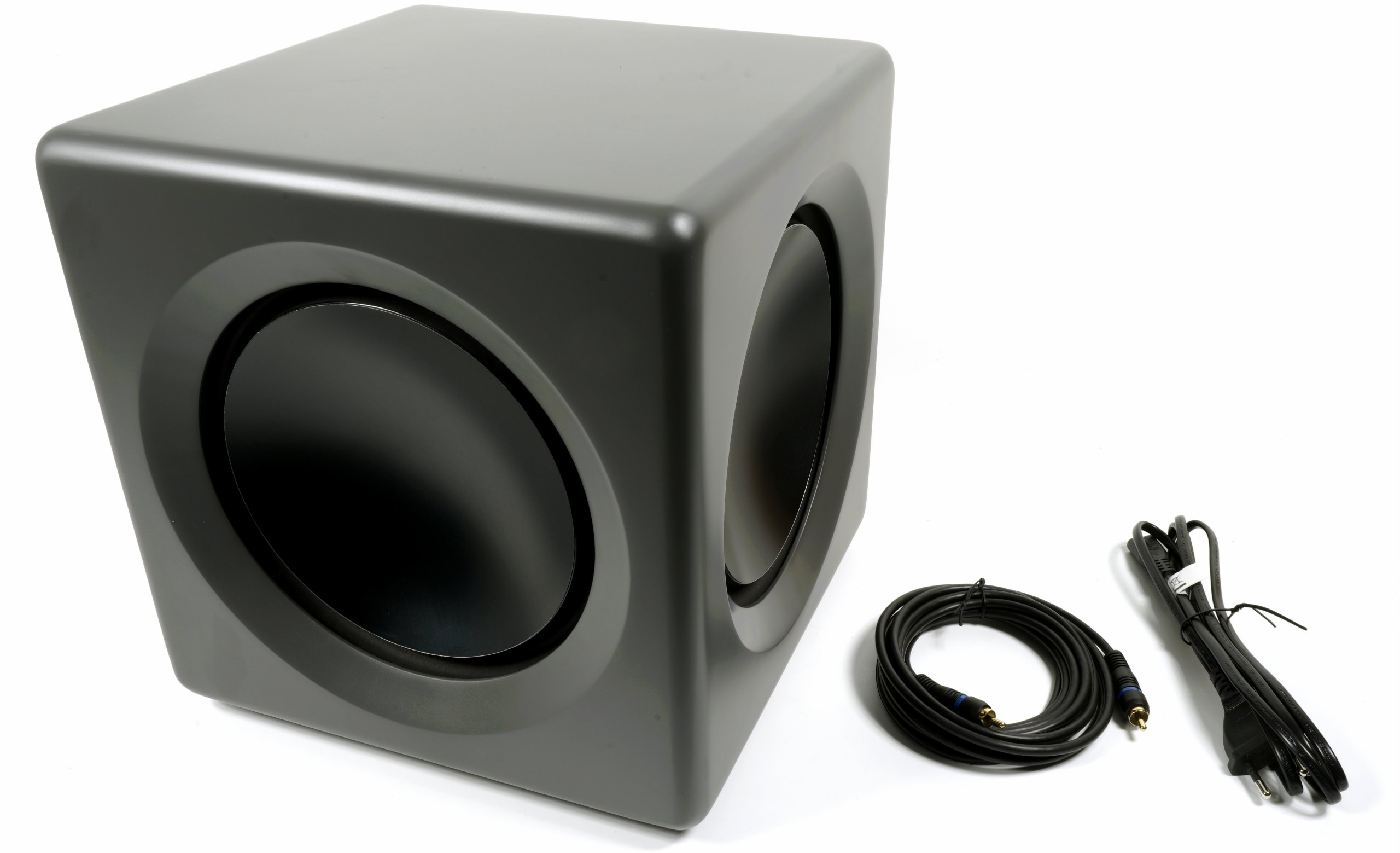






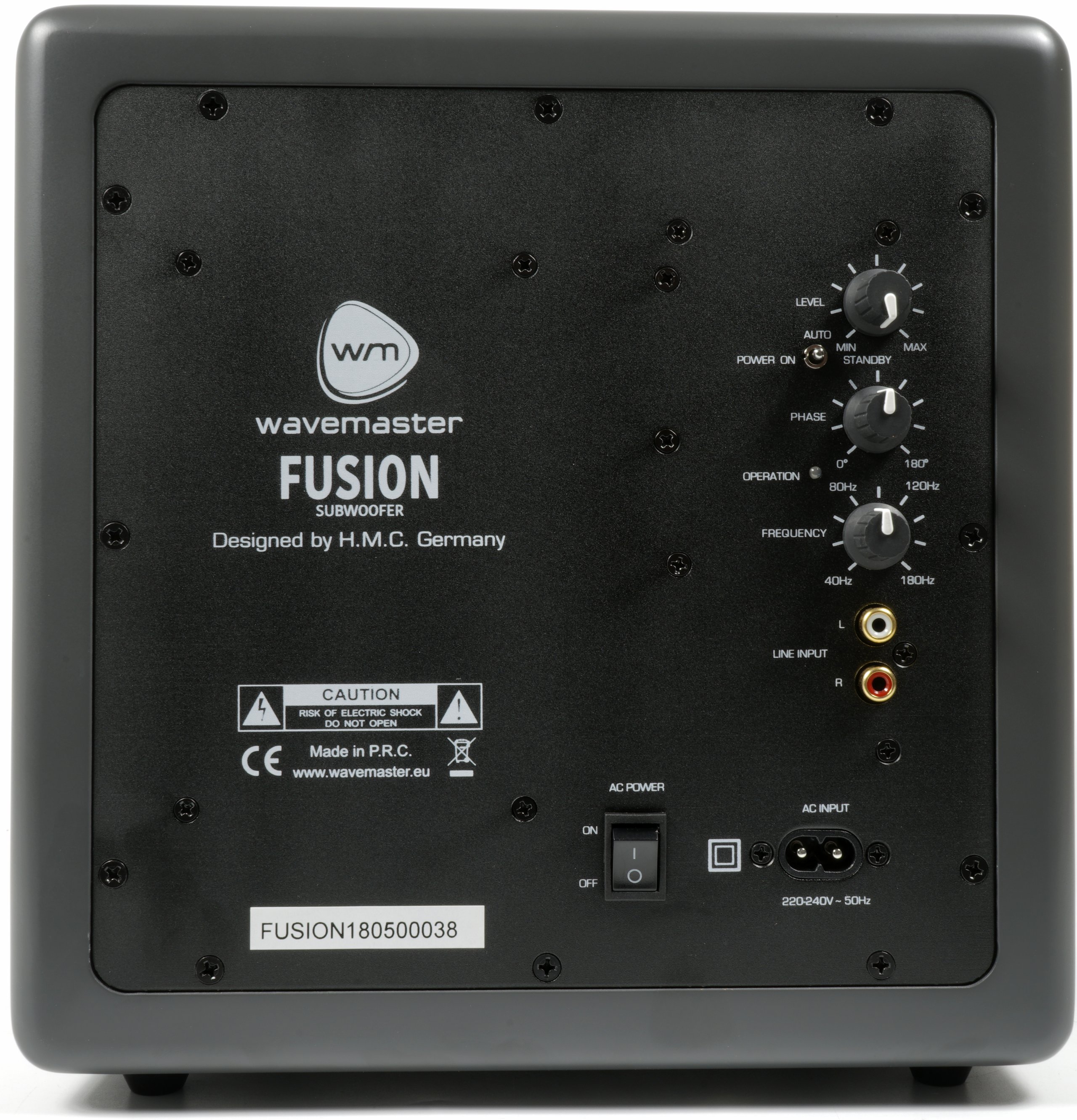
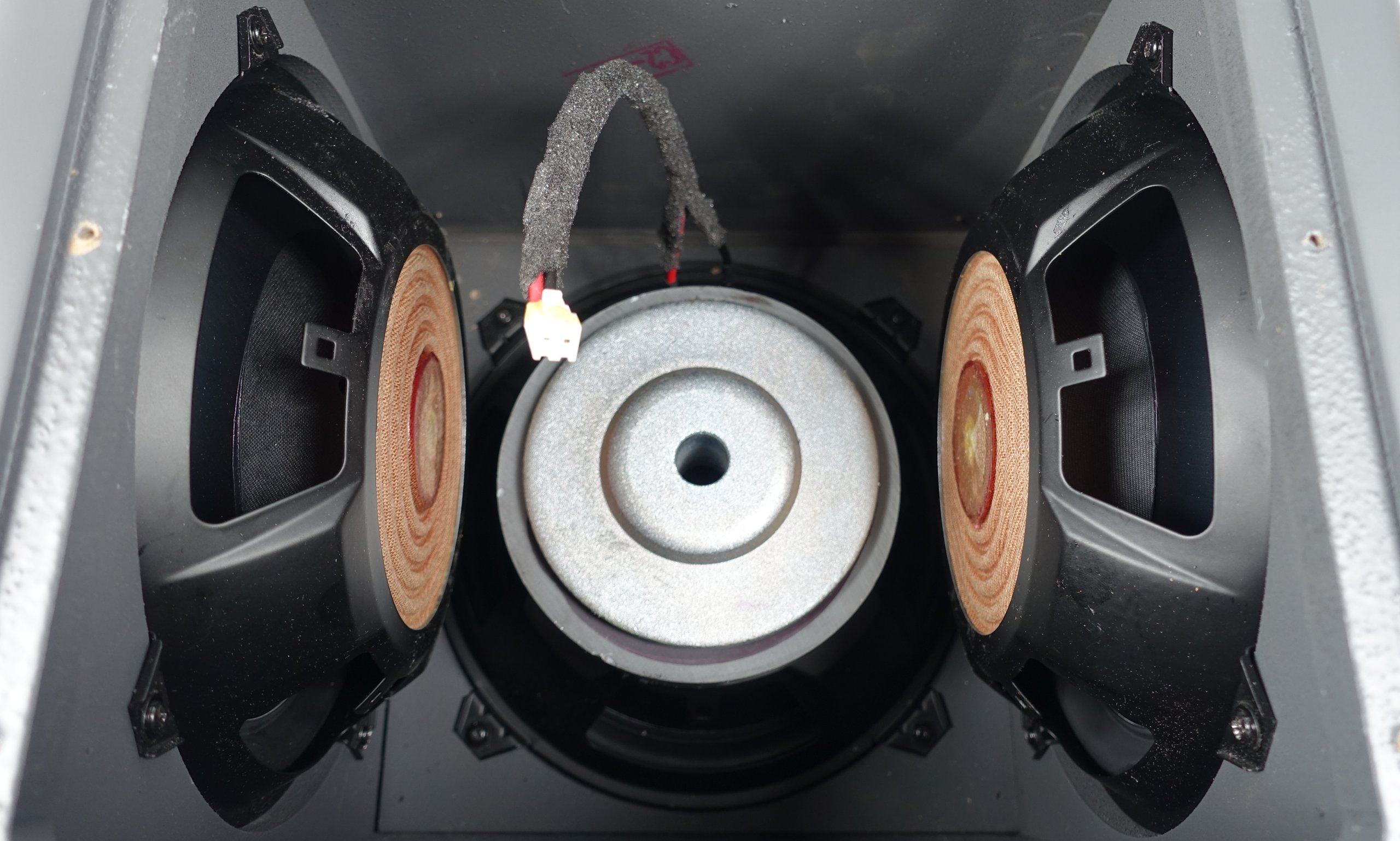
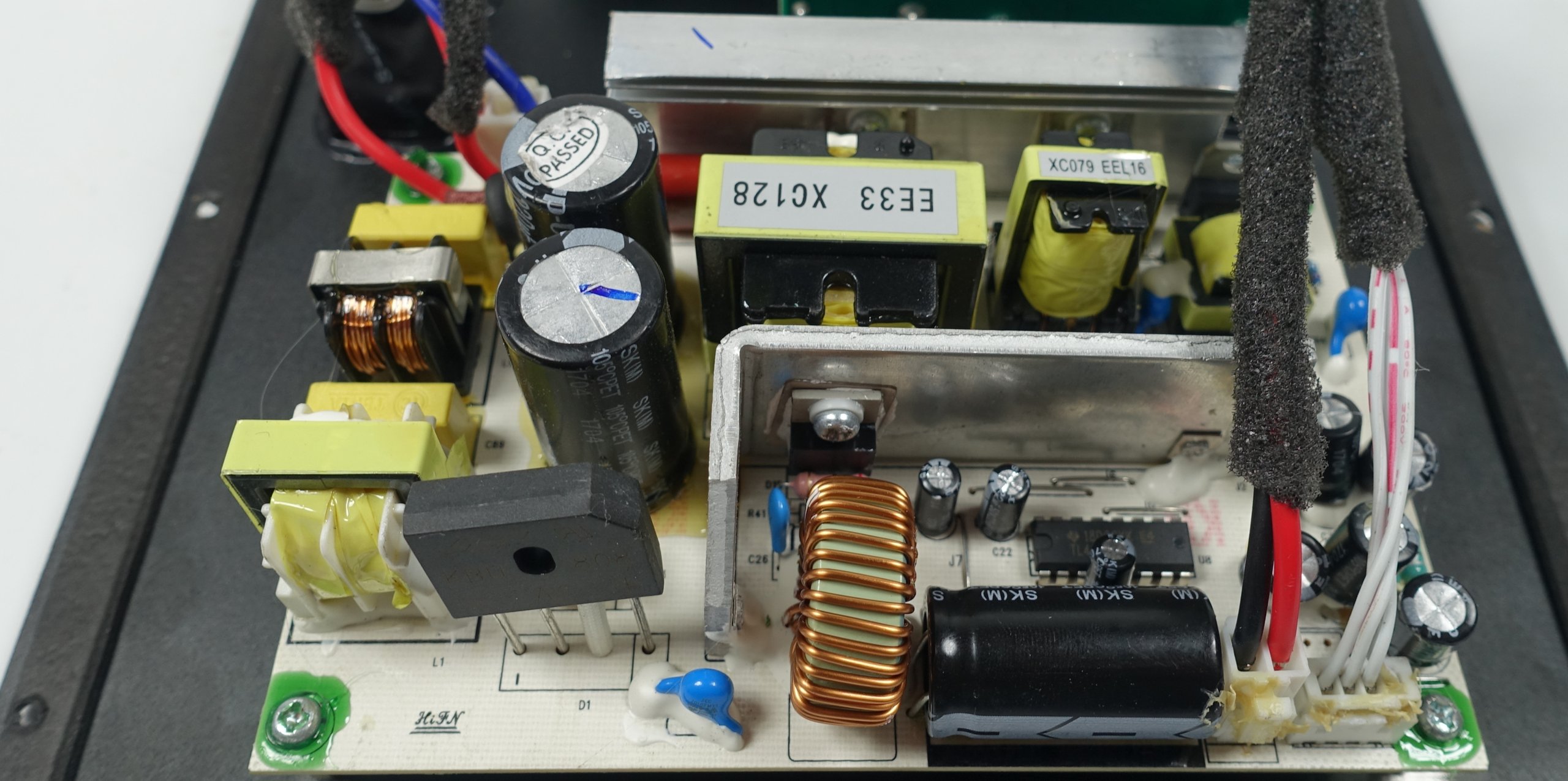
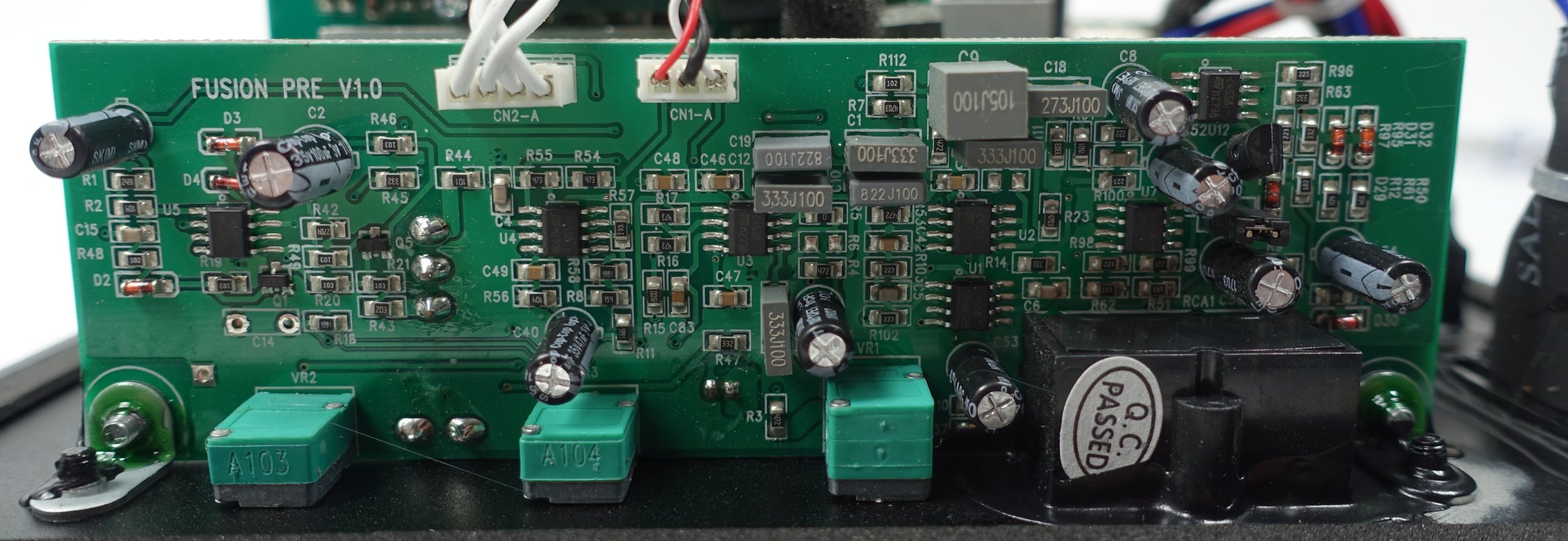
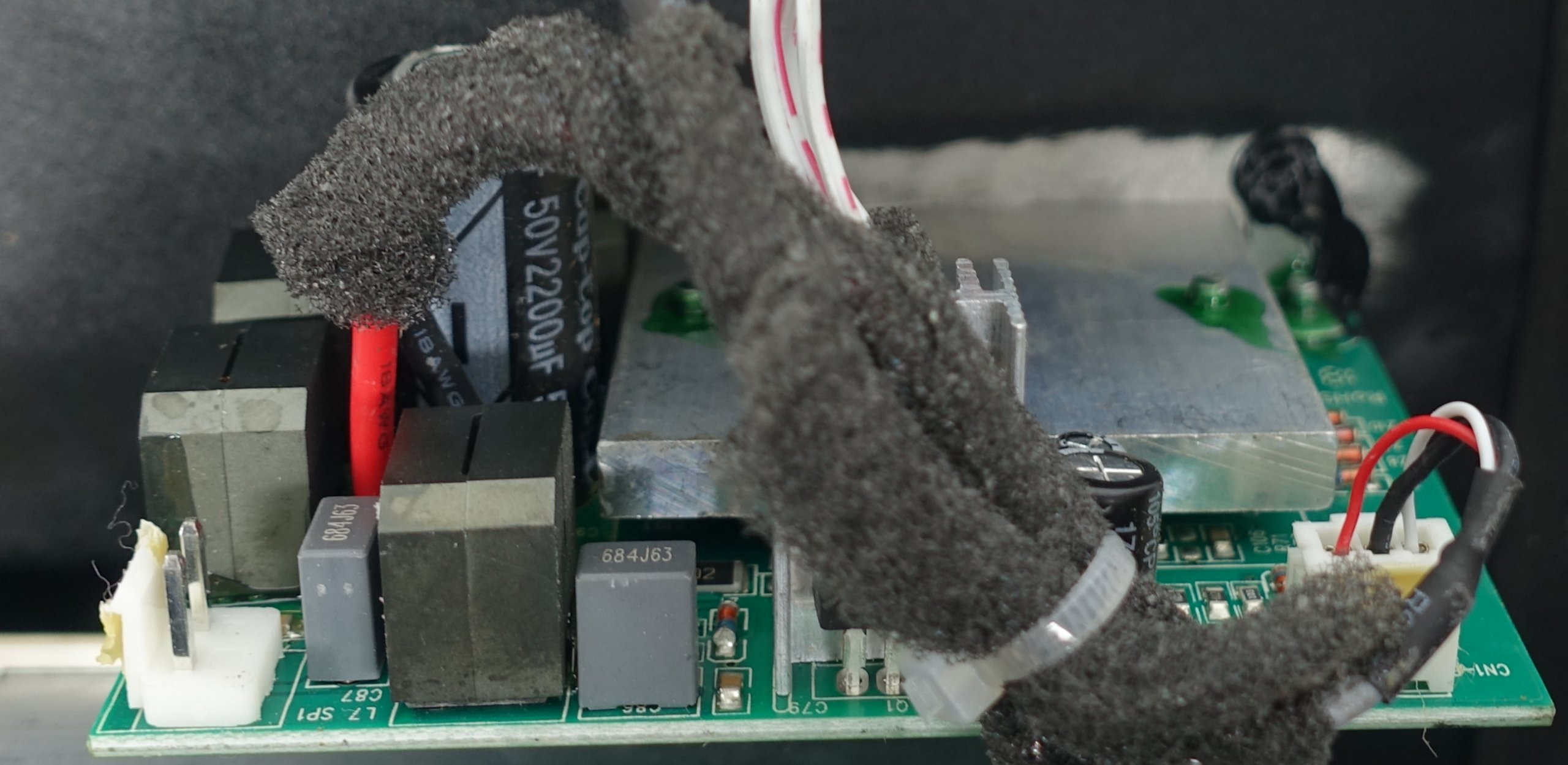



















Kommentieren